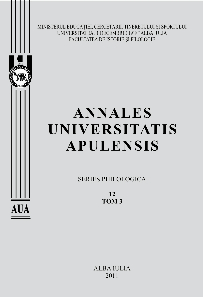Figuri matriciale ale spiritualităţii naţionale în eseistica românească interbelică. Mircea Vulcănescu
Archetypal Figures of National Spirituality in Essay-writing during the Romanian Interwar Period
Author(s): Ileana GhemesSubject(s): Literary Texts
Published by: Universitatea »1 Decembrie 1918« Alba Iulia
Keywords: Romanian culture; identity; Nae Ionescu; Mircea Vulcănescu
Summary/Abstract: During the interwar period, representatives of the young generation stated their cultural position concerning the contemporary debates upon a number of defining concepts regarded as fundamental for the Romanians’ identity. Professor Nae Ionescu played an important part in the shaping of these debates, while at the same time, in the ‘30s, he was in the process of making his own personality known by means of academic and public lectures, as well as through newspaper editorials, published mainly in the “Cuvântul” newspaper. A disciple of Nae Ionescu’s, Mircea Vulcanescu was preoccupied with the specific archetypal figures of the Romanian national spirituality. His attempt to define the Romanian individual nature and universe from a philosophical perspective became public by means of his lectures entitled Omul românesc (The Romanian Individual) (1937), Ispita dacică (The Dacian Seduction) (1941) and Dimensiunea românească a existenţei (The Romanian Dimension of Existence) (1943). Mircea Vulcănescu commented upon the grounds of the Romanian common destiny, he described his own national soul as a structure of «seductions», wherein the present preserves the imprint of the past in the shape of temptations towards what had come to pass. The structure of the Romanian soul is elaborated thus as an architecture of inclinations. The complexity of the historic events had created successive layers of influences, and their remnants, preserved over centuries, are felt as dispositions, as drives. The seduction of Rome, the temptation of our non-Latin heritage, the Greek-Byzantine seduction, the Slav-Byzantine seduction, the Russian seduction, the French seduction, the German seduction, as well as a Polish-Hungarian seduction, particularly in Transylvania, they all had resulted in distinct cultural and political movements that generated and still generate polar debates. The primordial formative identity is ascribed to the Thracian temptation, a deep residual influence, present in the call of the land, of the forest, of solitude, of valour, of the outlawed vigilante, etc. Concerned with the dimensional sense of the Romanian existence, with the orientation axis of the Romanian spirit in existence, Mircea Vulcănescu put together a comprehensive study of cultural typology which can stand side by side with those signed by D. Drăghicescu, C. Rădulescu-Motru, I. Petrovici, Vasile Pârvan, Ovid Densusianu, Lucian Blaga, Dan Botta, Vasile Băncilă, Ernest Bernea, D. C. Amzăr, Ovidiu Papadima as well as more others.
Journal: Annales Universitatis Apulensis. Series Philologica
- Issue Year: 12/2011
- Issue No: 1
- Page Range: 21-28
- Page Count: 7
- Language: Romanian

